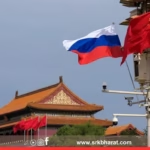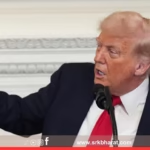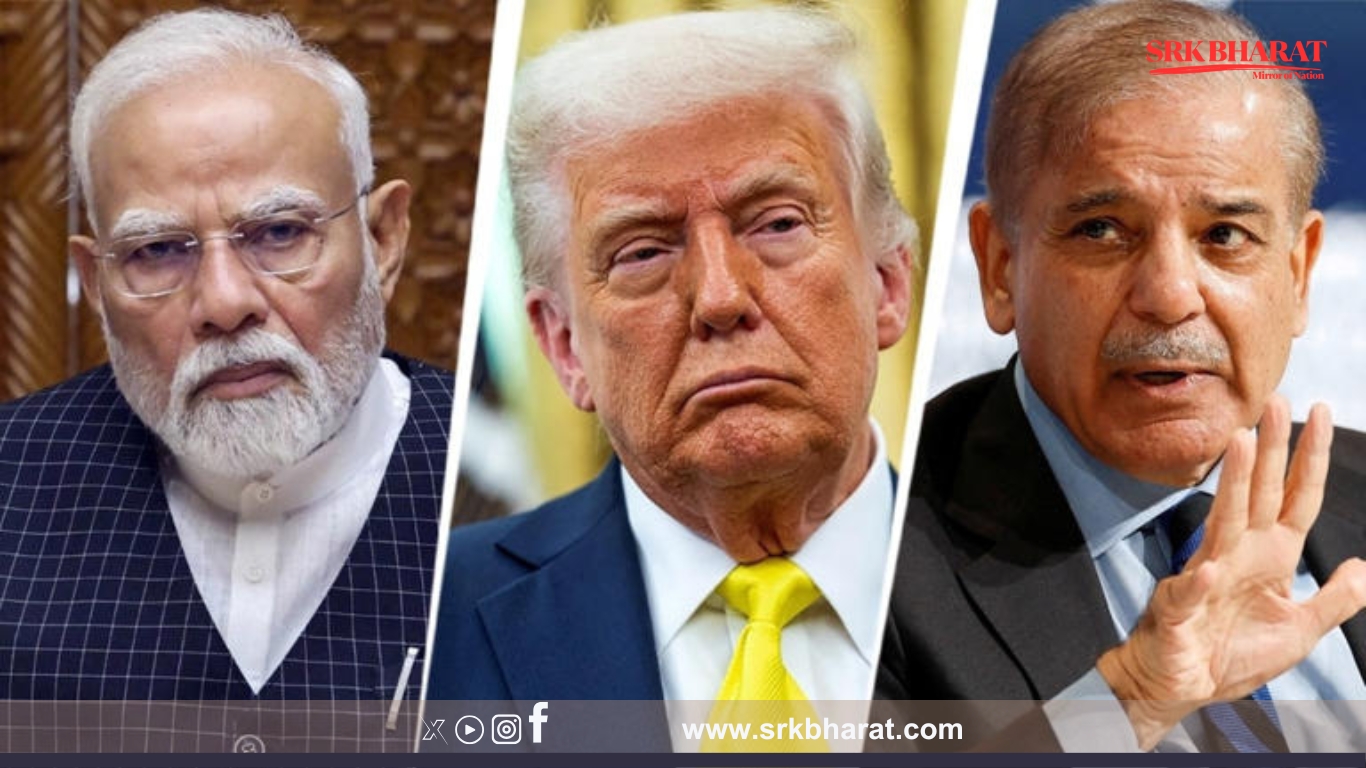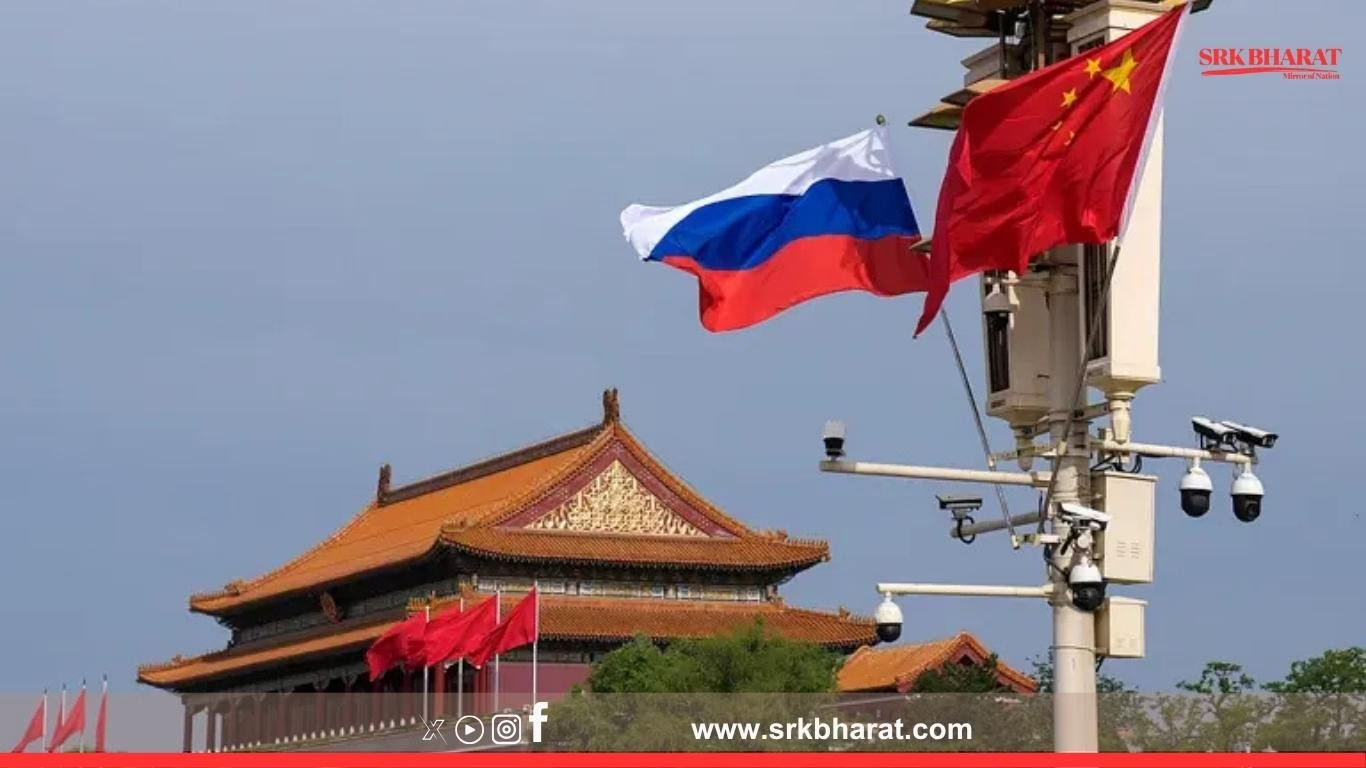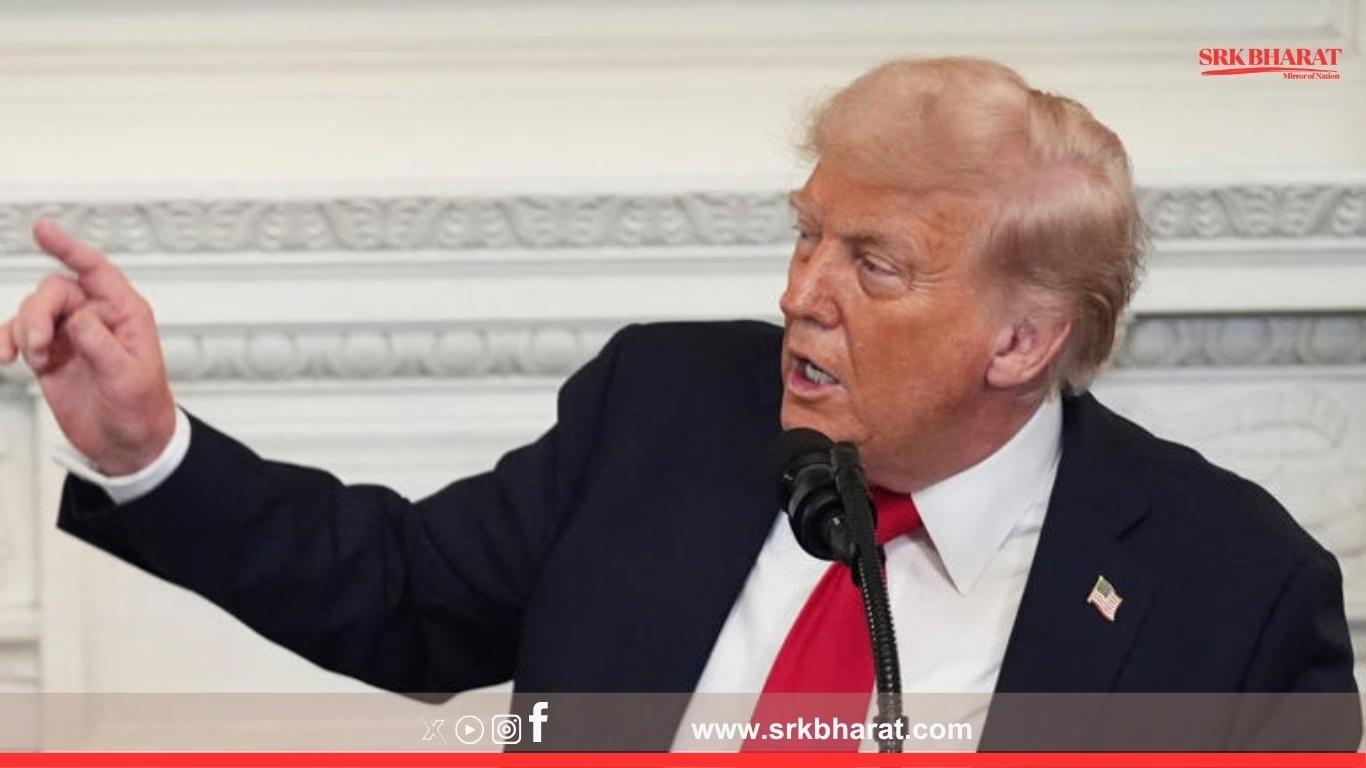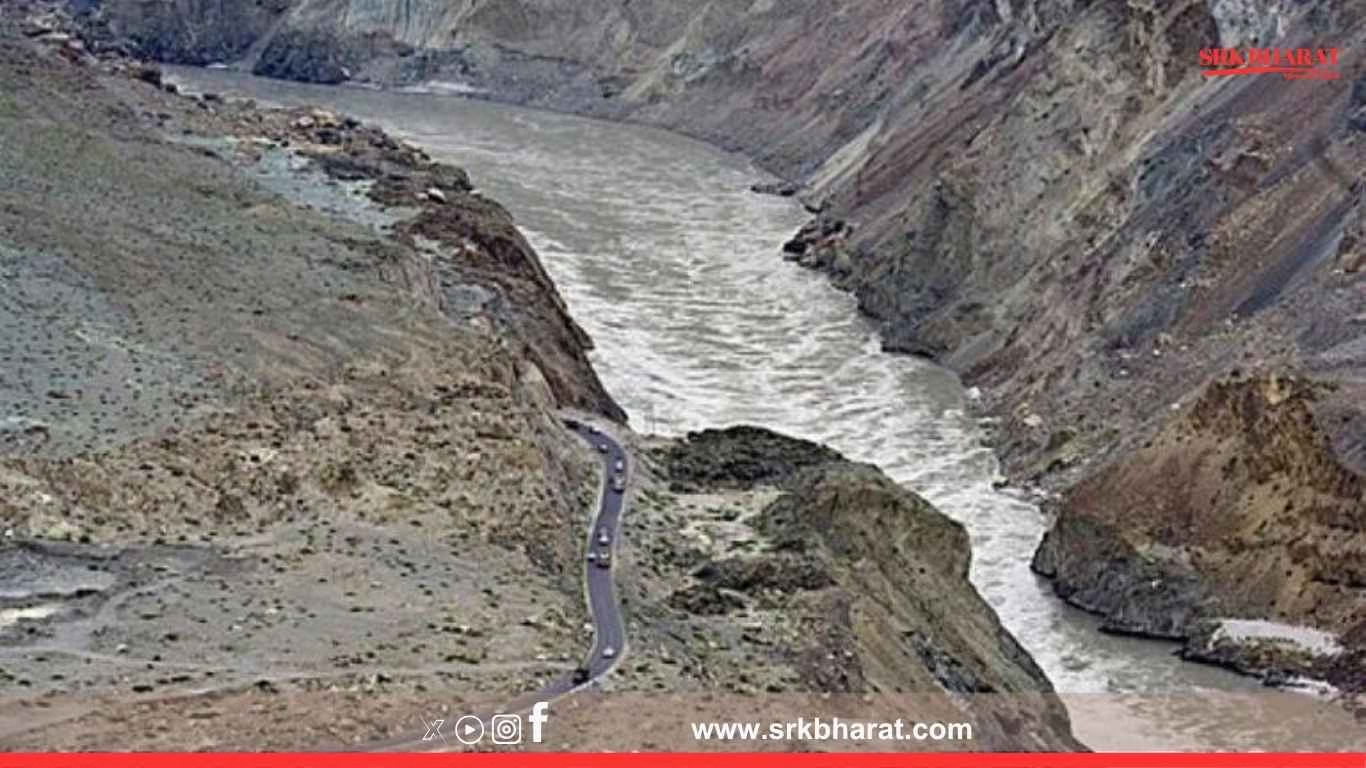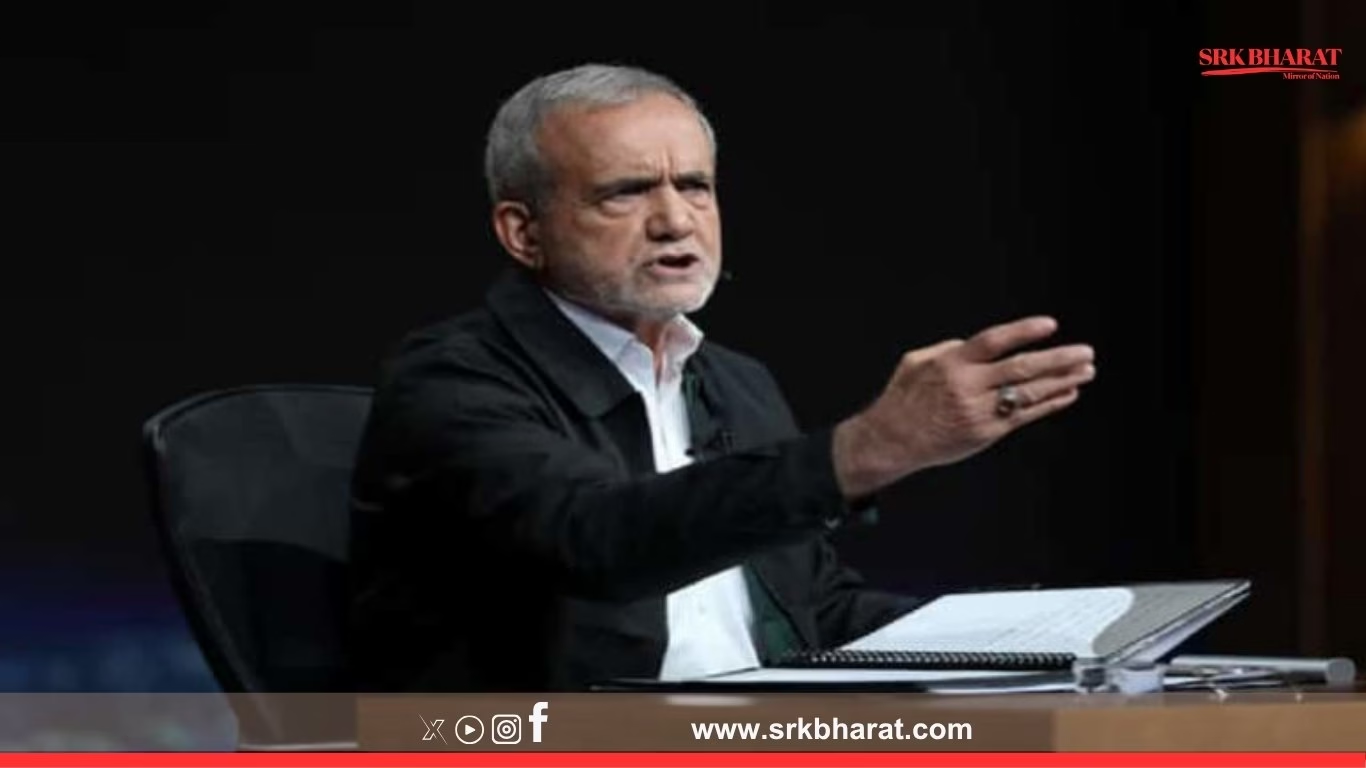A recent New York Times (NYT) report has revealed that the Trump administration was initially hesitant to intervene in the escalating India-Pakistan conflict but was ultimately drawn in due to fears of a potential nuclear confrontation.
US Reluctance Turns to Urgent Intervention
The crisis began after the Pahalgam terror attack on April 22, which claimed 26 lives, mostly Hindu tourists. In response, India launched Operation Sindoor, targeting terror camps in Pakistan and Pakistan-occupied Kashmir (PoK). Pakistan retaliated, leading to drone incursions and air force dogfights.
According to the NYT, US Vice President JD Vance initially dismissed the conflict as “fundamentally none of our business.” However, within 24 hours, he and Secretary of State Marco Rubio were forced to intervene as intelligence reports indicated that Pakistan had sent 300 to 400 drones into Indian territory to probe its air defenses.
Concerns Over Pakistan’s Nuclear Arsenal
The situation escalated further when India struck the Nur Khan Air Base in Rawalpindi, a key Pakistani military installation located near the Strategic Plans Division, which oversees the country’s nuclear weapons.
A former US official familiar with Pakistan’s nuclear program told the NYT that Pakistan’s deepest fear is its nuclear command authority being decapitated. The missile strike on Nur Khan was interpreted as a warning from India, raising concerns that the conflict could spiral into a nuclear showdown.
Direct US Diplomacy to De-escalate Tensions
Realizing that messages urging de-escalation were not reaching top officials in Delhi and Islamabad, the White House took direct action.
- Vice President Vance personally called Indian PM Narendra Modi, warning of a high probability of escalation into full-scale war.
- Rubio engaged with Pakistan Army Chief Gen. Syed Asim Munir, as well as the foreign ministers of both nations.
Ceasefire Agreement & Global Reactions
Following intense diplomatic efforts, India and Pakistan agreed to a ceasefire, with the US playing a crucial role in brokering the deal. While Pakistan acknowledged US involvement, India has remained silent on Washington’s role in the resolution.
The NYT report underscores how nuclear fears forced the US into action, despite its initial reluctance to intervene in the South Asian conflict.



